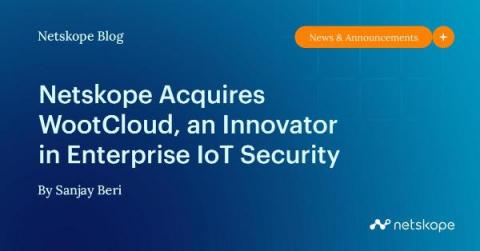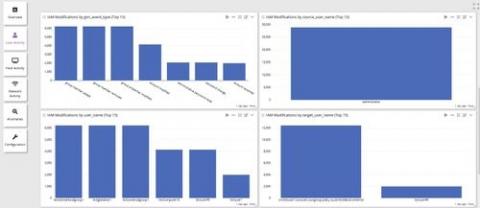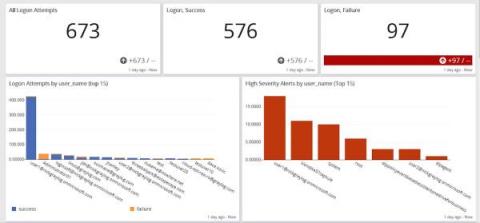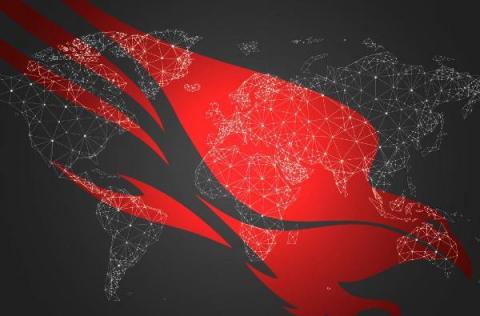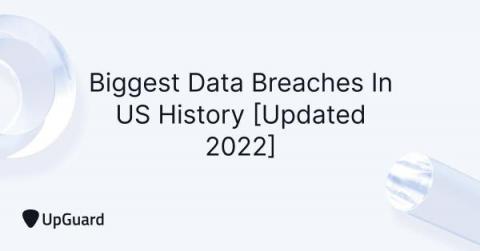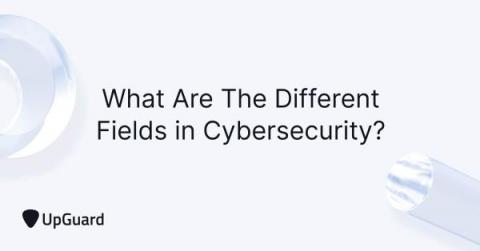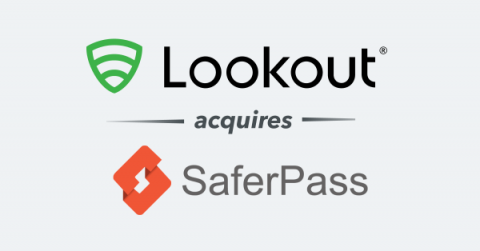Netskope Acquires WootCloud, an Innovator in Enterprise IoT Security
By 2025, there will be 55.7 billion connected IoT devices (or “things”), generating almost 80B zettabytes (ZB) of data. These are just some of the statistics that underscore enormous opportunity in IoT—and the enormous security risks all those IoT devices create.


